A curious story, made up of hard-to-pronounce names and heroic feats, comes to us from Poland, taking us back in time and telling us of a victorious connection between Stelio Belletti and the Polish Cycling Federation. A victory we celebrate on its 50th anniversary.
It is the beginning of 1975 and Stelio Belletti has not even two years ago officially started the activity of bike frame maker under the Stelbel brand name in his workshop in Rodano, on the outskirts of Milan. The method of making frames with TIG welds intrigues and, although some are still skeptical about the choice of making bicycles without lugs, his creations are admired by enthusiasts and professionals who appreciate their lightness, rigidity, and reliability, qualities that are certainly ideal for racing. But this is the stuff of cycling exegeses: the production is still – and always will remain – refined, cared for, and limited.
At the same time, but a thousand kilometers away, behind the Iron Curtain, the Polish Cycling Federation was in search of a frame supplier.
Polish Cycling Federation president Włodzimierz Gołębiewski and Vice President of Sports Henryk Różycki tasked Osvaldo Cazzaniga, a mechanic of the federation, who had his workshop in Gorgonzola (and later founder of the OSCA brand), with finding better frames.
Cazzaniga takes up the challenge, gets behind the wheel of his station wagon, and heads straight for Italy, knocking on the door of the Stelbel workshop: ‘Stelio, they tell me your frames are a blast! I’d like to commission a set from you for my riders: we’re aiming for the World Championship in Belgium’.
It must be remembered that, in those glorious days, the road races were the prerogative of the various Belgians Merckx, Maertens, and De Vlaeminck, who wanted to make a good impression at home. But the team time trial is the prerogative of the teams that come from Eastern Europe and ‘pull’ like trains: the Soviet Union, East Germany, Czechoslovakia, and Poland.
Belletti, of a calm nature, thinks about it for a while: his company is taking its first steps, time is short and the risk is great. But – what the heck! – he has never shied away from a challenge. Aware of his ability and inspired by the media coverage that such an event could bring to Stelbel, he accepted and set to work immediately, producing the required frames in a very short time.
This led to 27 August 1975. In the town of Yvoir (which together with Mettet hosts the competition), riders Tadeusz Mytnik, Mieczysław Nowicki, Ryszard Szurkowski, and Stanislaw Szozda are lined up at the start on Stelbel bicycles, ready for the team time trial.
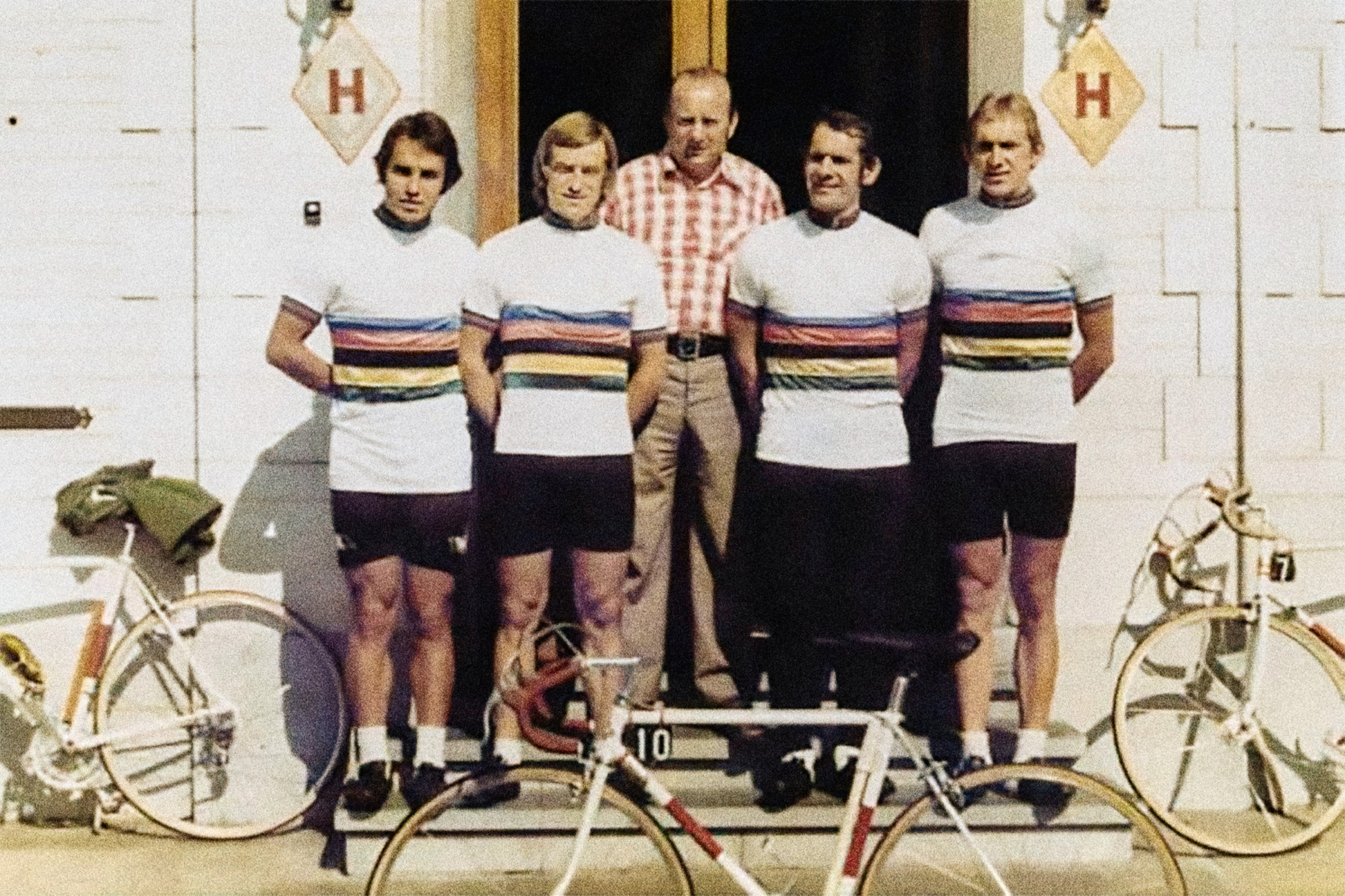
Their white and red Integrale bikes, tig-welded, featuring custom-built forks and dropouts welded directly onto the chain stays, stand out among a myriad of other bikes and attract the stares of fans and opponents alike. Ahead of them is a 100 km route on roads that wind through the countryside, between cultivated fields and gentle slopes.
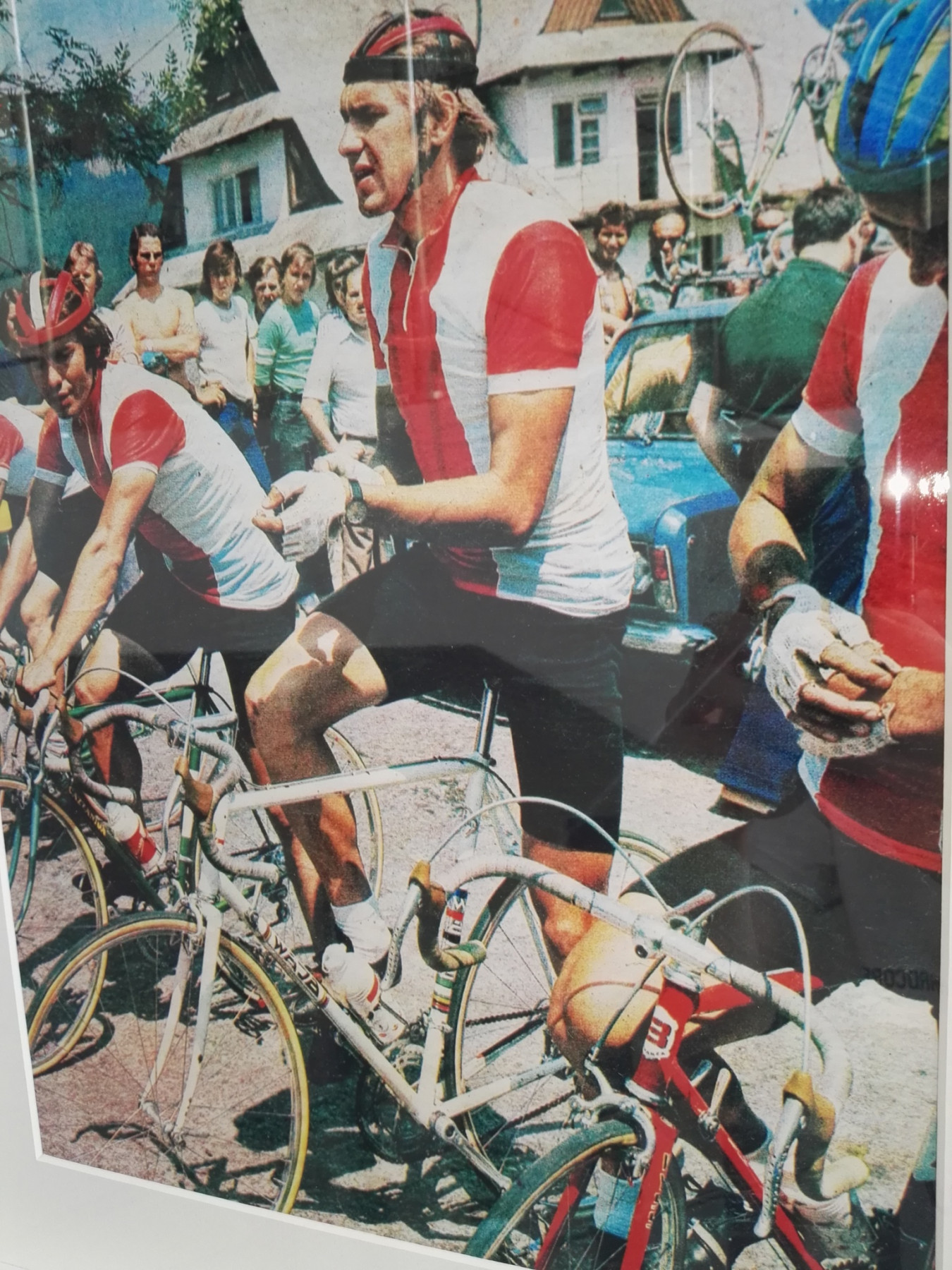
Stelio is proud, but also a little worried: Cazzaniga arrived in Belgium with the frames loaded into the boot of his station wagon the night before the start and assembled the bikes for the riders overnight.
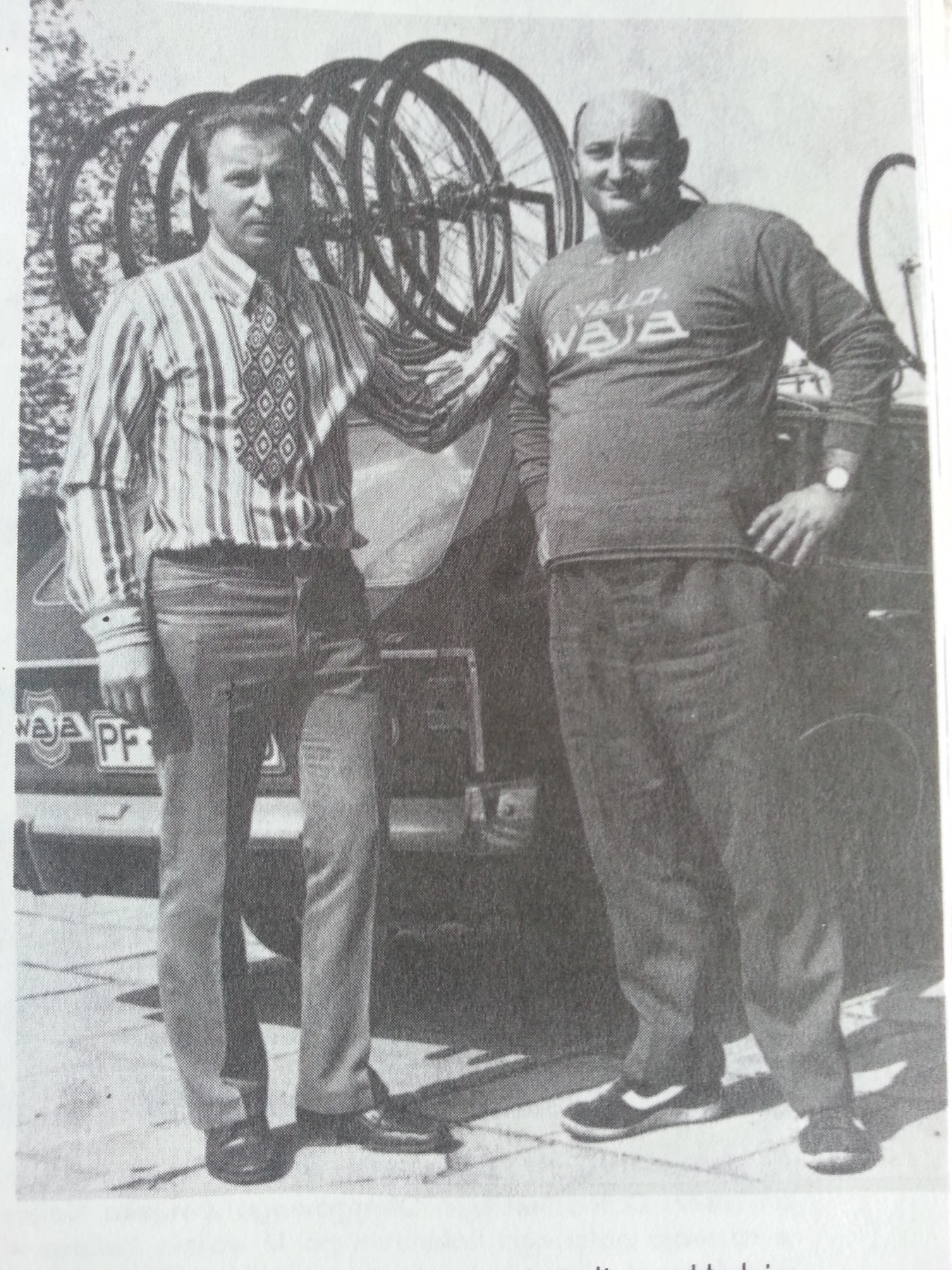
There was not much time for extensive testing; how will the Stelbel frames perform in a Team time trial race at full speed? In an international race with the best cyclists of the world fighting each other over such an important medal.
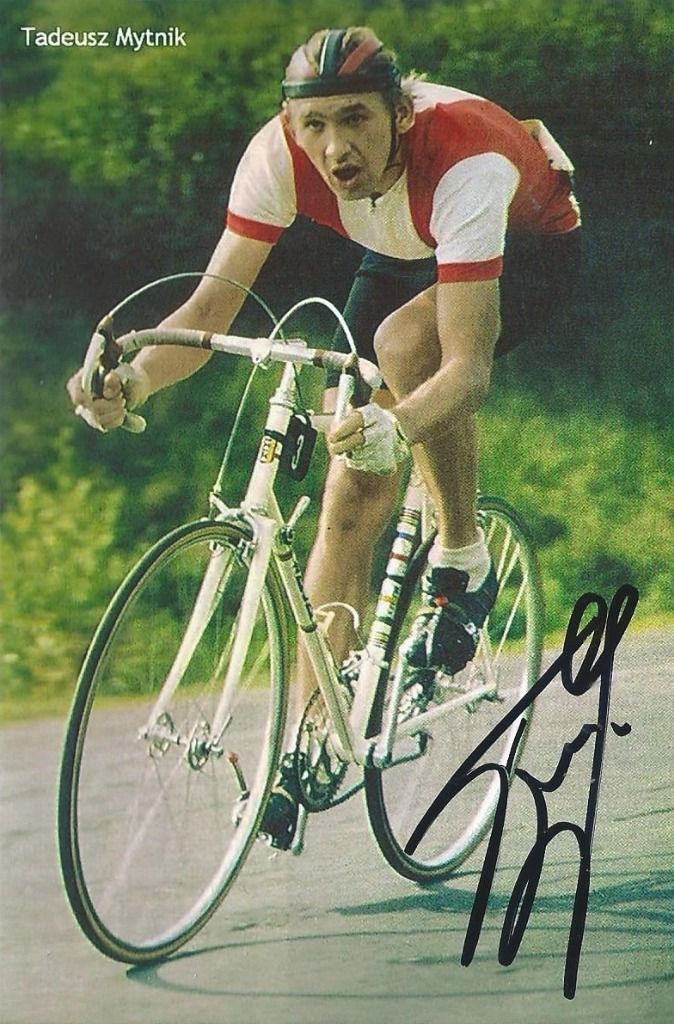
The group sets off compactly under the Walloon summer sun, between two wings of cheering spectators. In the sights of the Poles is the Soviet Union, the team to beat. The Stelbel frames, compared to those used previously, are much stiffer, and very effective in a time trial like that.
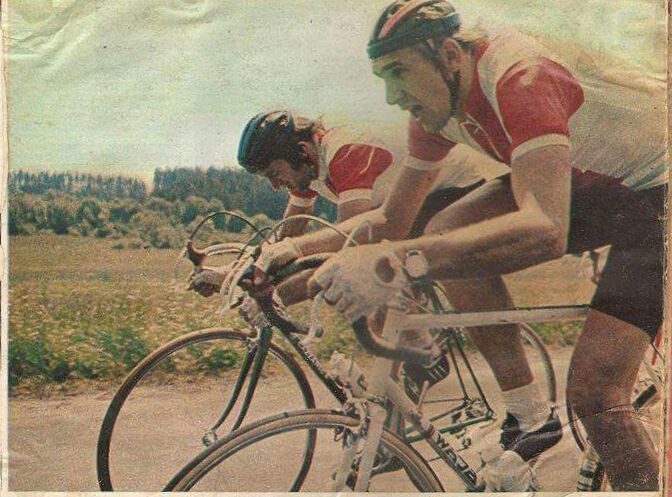
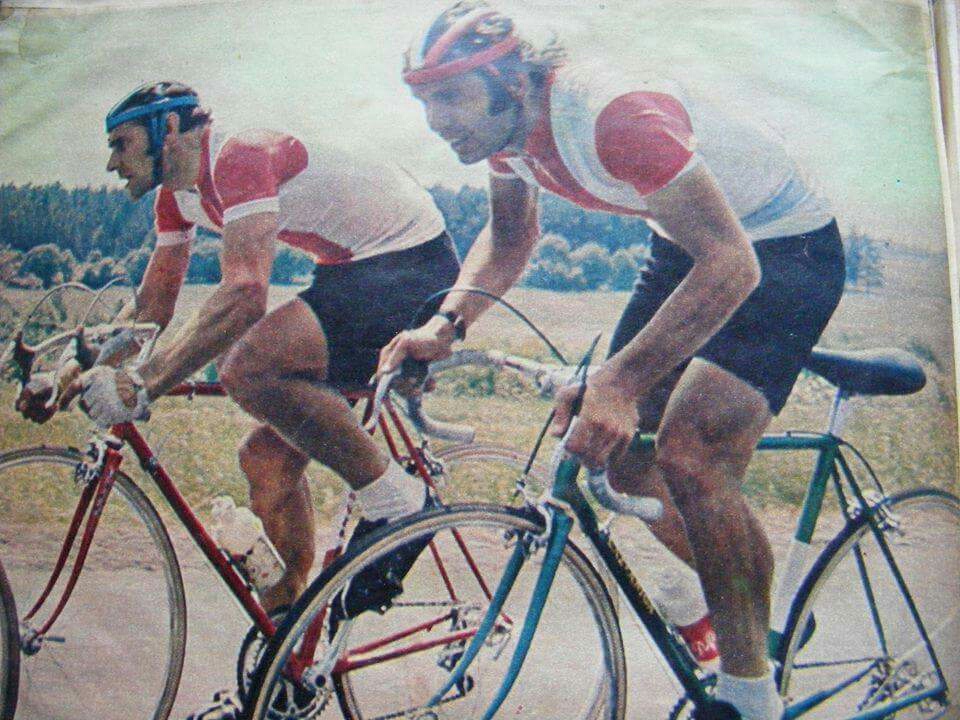
‘It was a blink of an eye,’ recalls Mieczyslaw Nowicki. ‘At one point Staszek Szozda broke a wheel spoke. Luckily, thanks to Mieczysław Nowicki velodrome experience, spokes were tied and soldered. It didn’t bother him much, but he felt a bit uncomfortable and wanted to stop and replace the wheel.
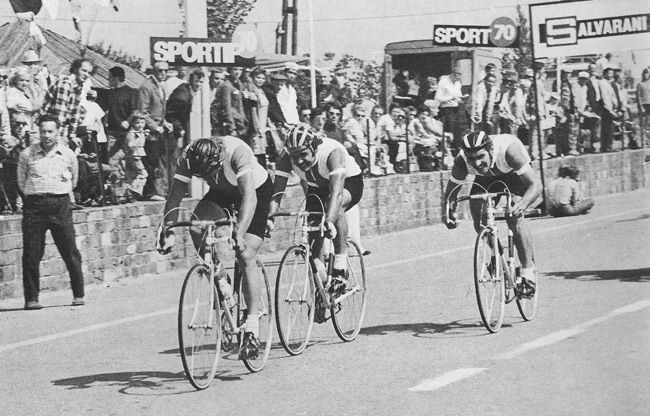
But we were running on thin ice and I remember that my reprimand was harsh because there was no time to lose. I shouted at him: „Release the brake caliper and Keep pedaling!’ And that’s how we got to the finish line, without any further issues.
The decision not to make the wheel change was providential: the Polish team stopped the clock with a 5.5-second lead over the Soviet Union. A whisker.
World Champions!

The white and red of the Polish flag fluttered in the wind, higher than anyone else; the gold medal glittered around the necks of the four standard bearers who had come from behind the Iron Curtain to take Stelbel to the top step of the podium.
Stelbel frames were also used throughout the 1976 season, when the Polish team – again consisting of Tadeusz Mytnik, Mieczysław Nowicki, Stanisław Szozda, and Ryszard Szurkowski – won the silver medal at the Olympic Games in Montreal, Canada. But that’s another story…
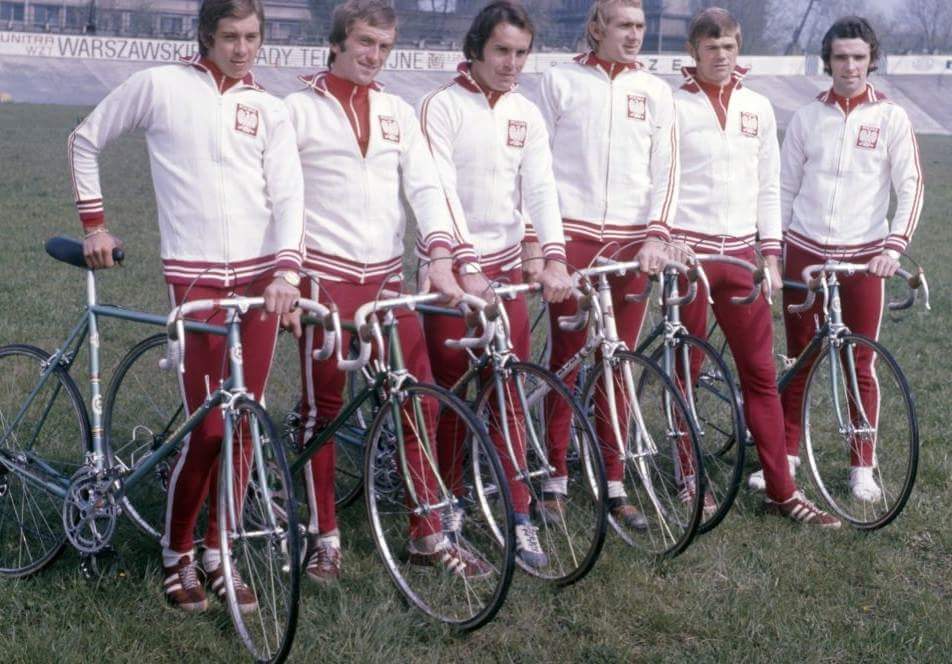
Irek Ròźycki, son of the same Henryk Ròźycki who in 1975 commissioned Cazzaniga to find the best frames in existence, has set up a museum where one of the bikes used by the Polish team in the 1975 time trial in Belgium is kept.
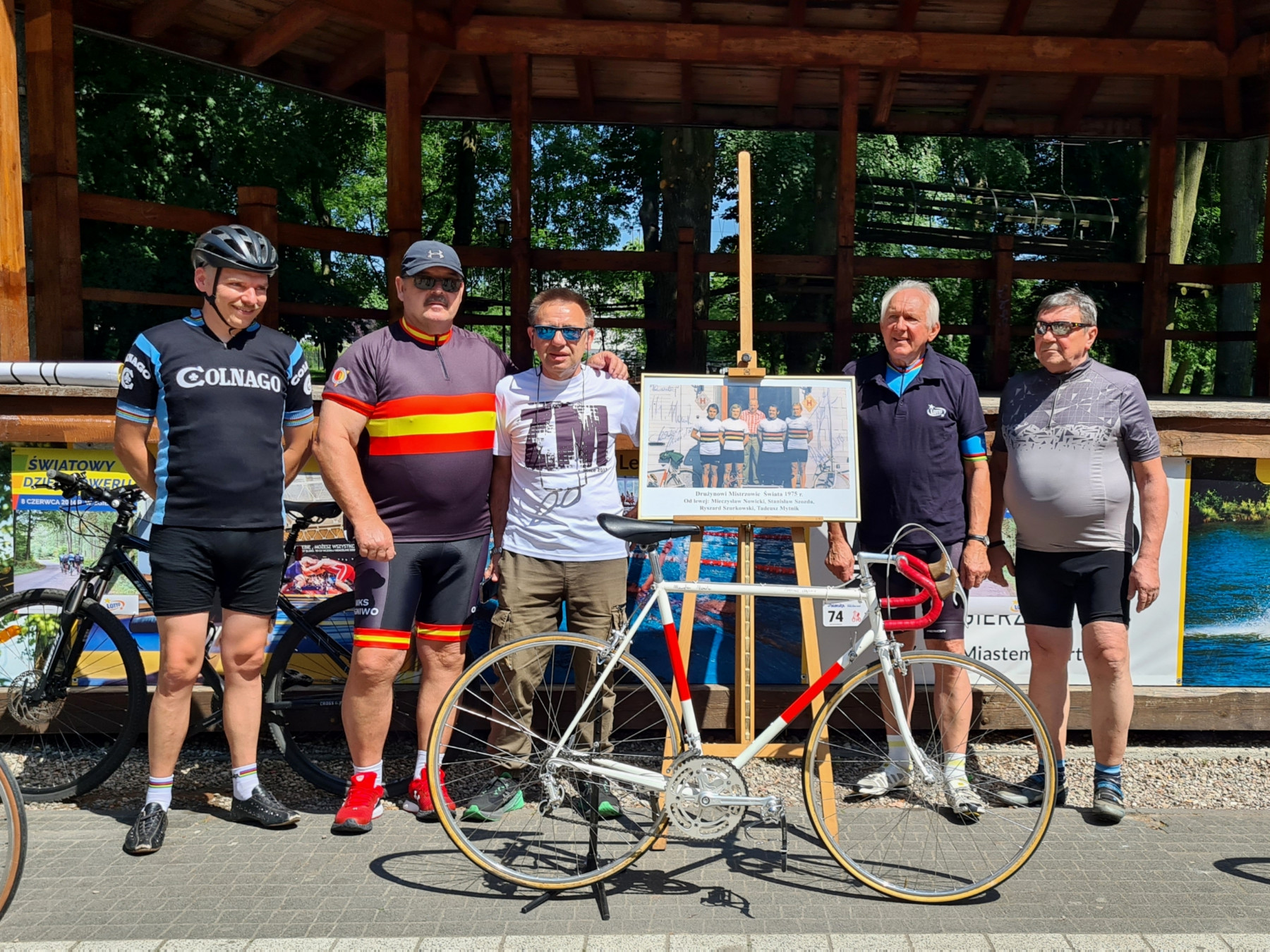
The white frame, with simple red bands on the down and upright tubes and a small logo on the head tube, is equipped with the best Campagnolo components of the time: Record groupset with lightened and drilled details.
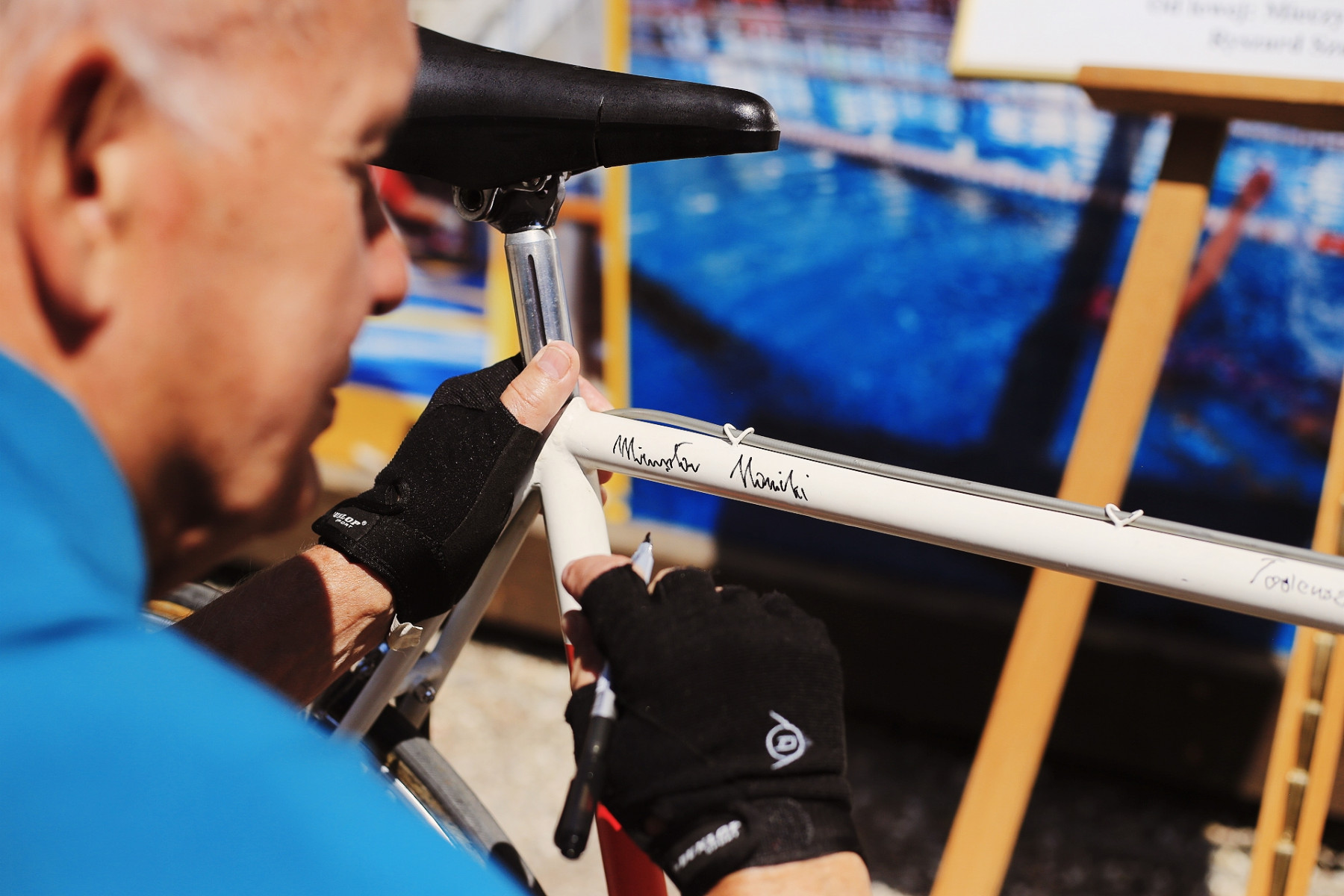
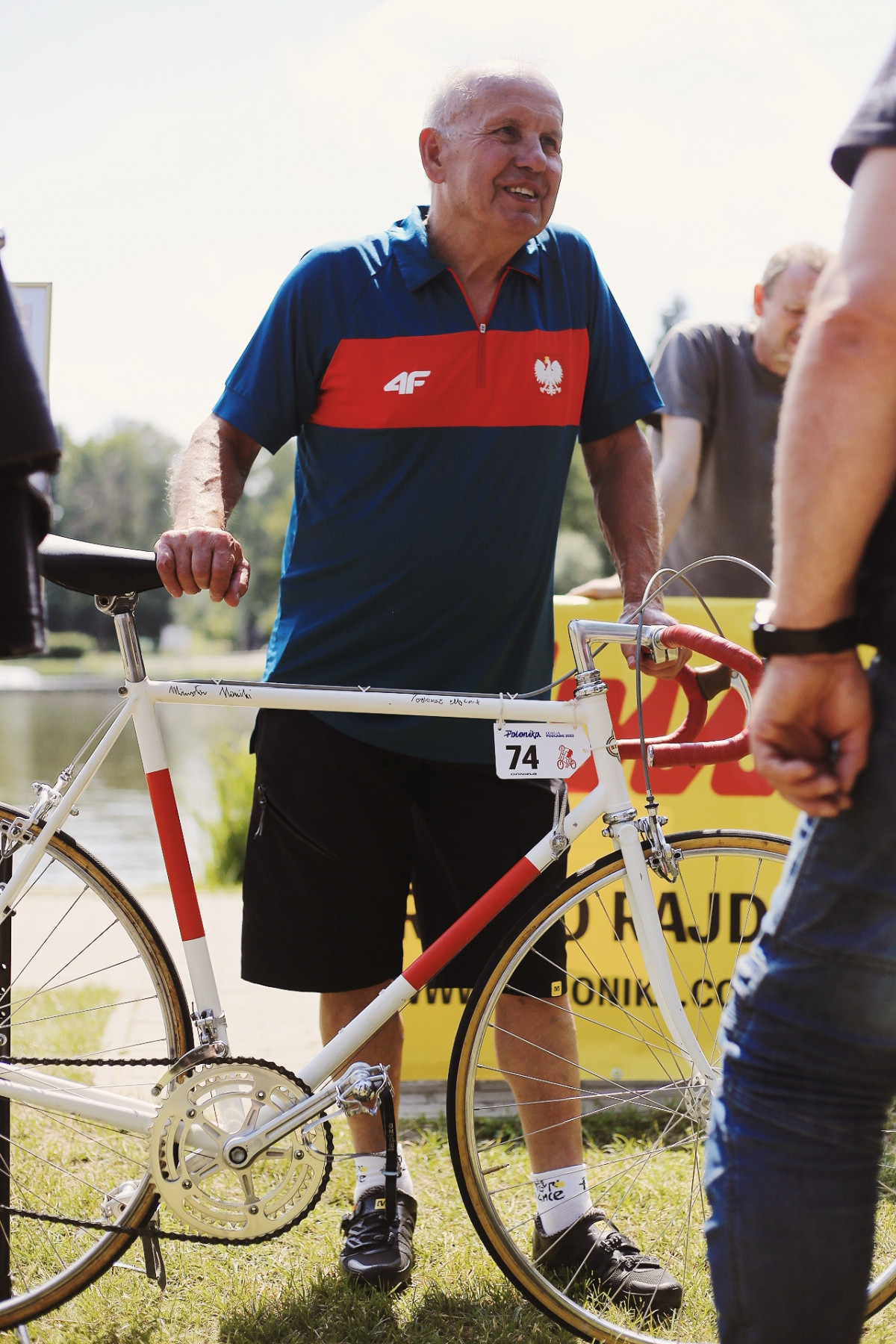
The example is restored; it was originally fitted with an Everest lightened chain, Everest Titanium cassette, and the wheels featured high-flange hubs and Sheereen aluminum rims.
This article was made possible thanks to the valuable contributions of passionate cyclists and collectors from Poland.
We’d like to extend a special thank you to Kamil Błachnio—don’t forget to check out his project Polonika.cc and give him a follow!
A big thank you as well to @adasaniewska for the beautiful photographs featured in this article.
We’re also deeply grateful to Bartek Kulesza (IG: czarnetrampki) for sharing his knowledge and an extraordinary selection of historical photos, some of which weren’t included in the article but are still of great value to us and our archive.
We are truly thankful for all the love we’ve received from Poland—a nation with an incredible passion for road cycling.